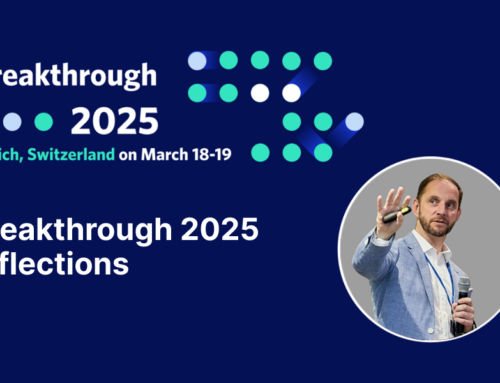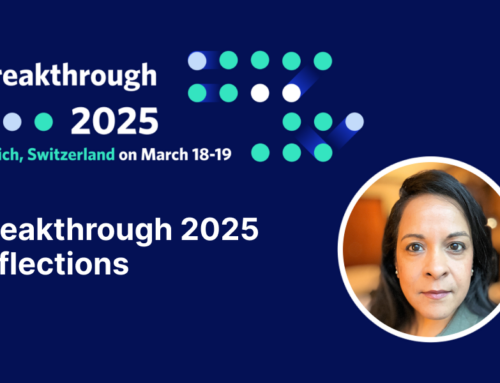Safety is evolving rapidly. There is a major, emerging opportunity for life sciences organizations that can leverage the latest innovations in technology, automation, and data and analytics to harmonize their ecosystems, generate efficiencies through automation, and unlock strategic, actionable intelligence used to proactively drive better end-to-end safety outcomes.
While immense opportunities are available for life sciences organizations that properly leverage these safety trends to their advantage, many organizations need to first overcome their historic view of safety as a cost center instead of a value center.
If safety can deliver such value, why do organizations treat it like a cost center?
Lack of Direct Revenue Generation
Safety teams are primarily focused on finding and responding to potential signals associated with a drug rather than directly generating revenue. While activities like collecting adverse event reports, managing benefit-risk profiles, and maintaining regulatory compliance are critical, they are often seen as necessary but costly activities that do not directly contribute to the bottom line.
Difficulty Quantifying Benefits
It can be difficult to directly quantify the benefits of pharmacovigilance activities. Improving patient safety and reducing risks of product liability claims are important but they are often difficult outcomes to measure, and ROI may not be immediately apparent. This can make it difficult for decision-makers to quantify the value safety teams provide.
Reactive Risk Management
Traditional pharmacovigilance activities are often seen as a reactive rather than proactive approach to managing safety risks. They are focused on identifying and addressing safety concerns after they have occurred rather than preventing them from happening which makes it difficult for organizations to see the value of safety signal management activities in the long term.
Sifting Through Noise
Historically, risk physicians have had to manually review drug-event pairs to find relevant safety signals, which can be time- and labor-intensive. For example, a risk physician reviewing hundreds of drug-event pairs could find fewer than 5% viable instances, while 95% can be categorized as noisy data. Without ways to expedite these analyses, it becomes difficult to justify the costs.
Expertise Utilization
When trained pharmacovigilance professionals are siloed, supplied incomplete data, or are belabored by manual workflows, they are not being utilized at the top of their profession. Legacy processes are notoriously riddled with tedious workflows beholden to spreadsheets that prevent teams from working on more high-value tasks and delivering maximum value.
When leveraged properly, safety can generate immense value for any life sciences organization. As organizations strive to bring more products to market faster and ensure better patient outcomes, it becomes critical to break away from the traditional view of safety as a required compliance function.
The key to successfully transforming safety from a reactive cost center to a proactive profit driver is for organizations to provide safety teams with proper tools and resources to focus on actionable insights. Freeing teams to focus on value-adding activities empowers them to better identify and apply insights that inform patient safety and bottom-line performance.
Safety can shift to a strategic value driver – and now is the right time to make that transformation.
Want to learn more? Check out our whitepaper to learn how leading organizations are overcoming challenges and leveraging the latest innovations in safety to generate on average up to 33% cost savings and up to 80% efficiency gains on key workflows.




